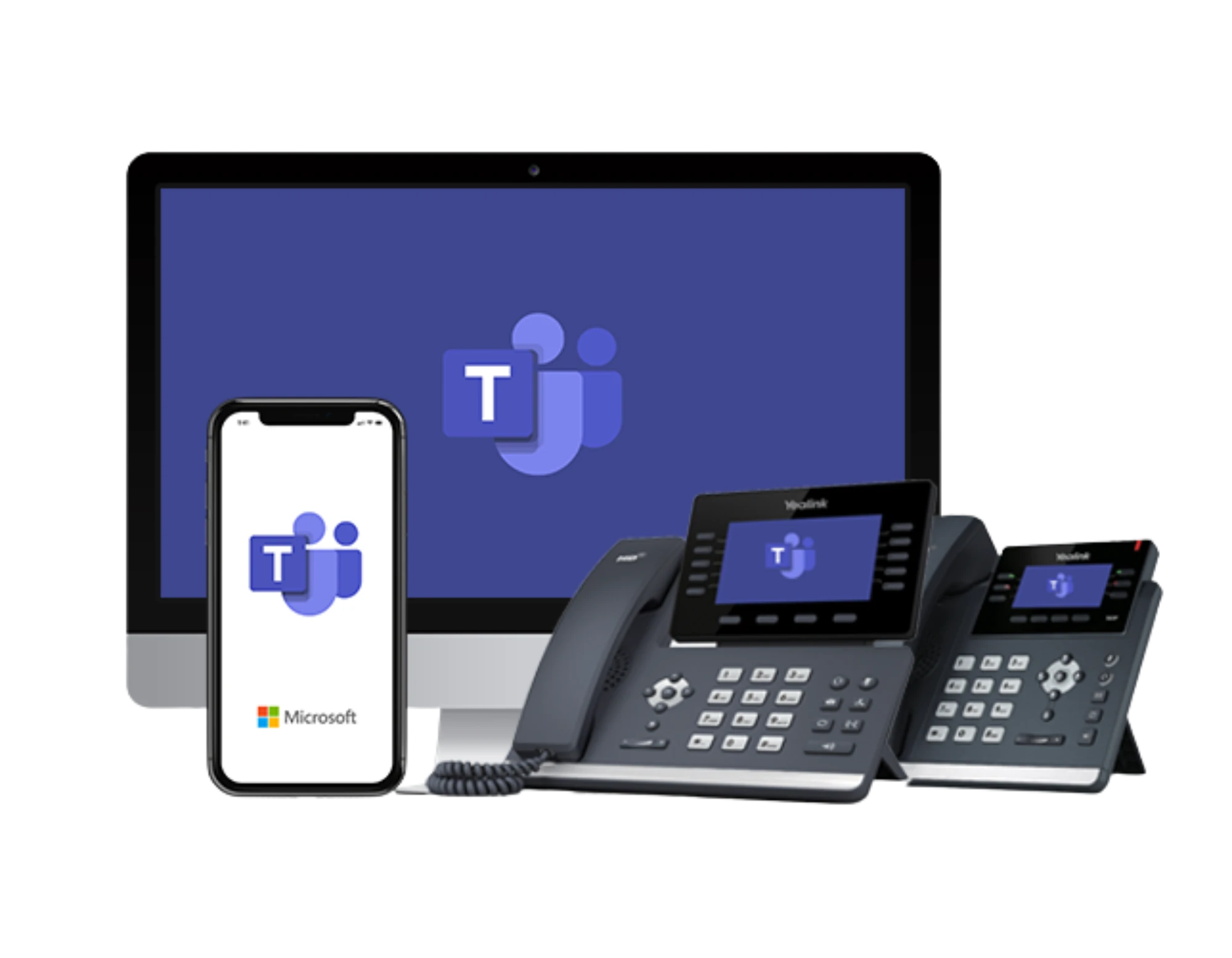Telecommunications in the United States hasn’t always been a clean business. Stemming back to the earliest days of telecom, government regulations made for a thorny field, and the removal of said regulations made for problems as well.
For incumbent local exchange carriers (ILECs), this problem could end up being a disaster; discontented customers are a recipe for potentially huge losses. The good news for ILECs, however, is that Commio has potential solutions ready to go to help improve the customer experience and keep paying customers in the fold.
The ILEC, Past and Present
Back in the 1980s, the landscape was a lot flatter for telecom firms, as there weren’t very many in play to begin with and major monopolies ruled the landscape. Even after the breakup of the major monopolies, localized monopoly equivalents often stepped in, though these too were deregulated out of existence. Now, the market has changed, and the ILEC of today must face down competitors on all sides, as different firms emerge to go after phone and Internet service, as well as some of the other services an ILEC might offer.
The Winter of Customer Discontent
For much of their history, ILECs were all but forbidden to make many adjustments to their operations, as the same circumstances that created monopolies tightly bound telecom firms by various regulations. While this offered a decent package — investors enjoyed solid returns, customers got affordable service, employees had relatively secure jobs — it made any kind of expansion or development difficult.
Thus, when deregulation kicked in, it left ILECs flat-footed and at a competitive disadvantage from companies who could prepare to operate in a deregulated world. With new competitors stepping in and offering innovation, that left the formerly-hidebound ILEC facing a serious problem.
A Lifesaver From Commio
That means ILECs need a way to better compete in the world that left them somewhat hobbled, and thinQ has an array of solutions geared toward that end. For instance, carrier negotiations — perhaps the biggest problem ILECs faced — can now go much more smoothly with help from thinQ.
thinQ has on-demand access to 40+ of the largest carriers around, which allows ILECs to use current infrastructure in the best way. Throw in SIP tracing tools, CDR monitoring in real time, and access to long-distance and wireless rates at wholesale prices, and the end result is a clear value-add for ILECs.
Beyond those solutions, thinQ can offer transparency into operations to help determine what’s working and what isn’t, as well as improvements in overall control to better address the issues that arise. While the communications landscape may not be hospitable to ILECs these days, thinQ can help smooth out the ups and downs that prevent steady operation. That’s a value in its own right, and the situation for ILECs may be just a little better for it.

















